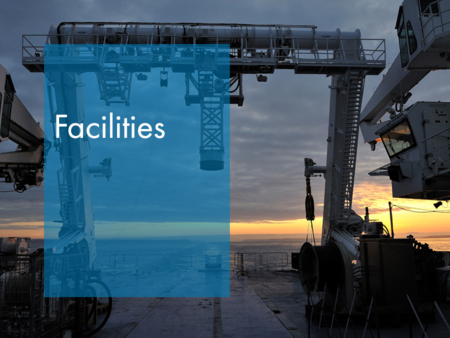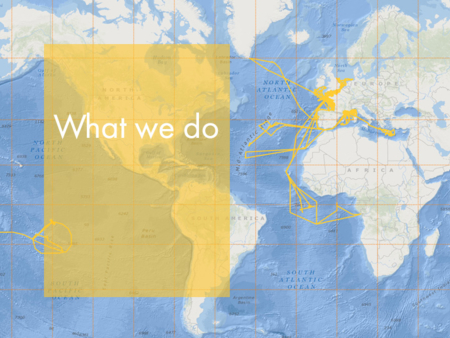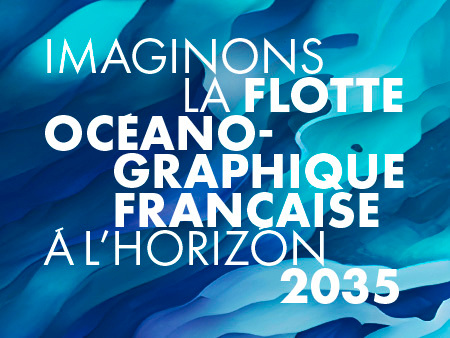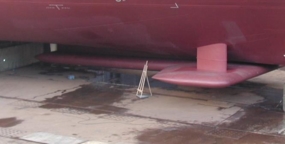Multibeam echo sounders for the seafloor
Ships of the French Oceanographic Fleet deploy multibeam echo sounders to explore the depths of the sea. These acoustic systems deliver accurately and quickly:
- Topographical surveys of the relief of the seabed (bathymetry)
- Sonar images showing local seabed reflectivity and, therefore, its nature (reflectivity imaging).
They can also be used to observe echoes from targets suspended in the water (water column), to complement sounders used specifically for observing the water column or to replace the latter when not available aboard ship.
A multibeam echo sounder measures depth in several directions simultaneously, depending on the configuration of the system’s receivers. The system forms a pulse that is perpendicular to the ship’s centreline. This enables the operator to scan a wide swath (from 5 to 7 times the depth) at a very high resolution.
The multibeam echo sounder only provides moments of detection of the seabed for each beam. Calculating the exact position of the echoes in the wider context requires the use of additional measuring systems such as a hull sound velocity sensor, CTD sensor, attitude and heading control unit, GNSS, and tidal measurements.
To ensure the collection of high-quality data, multibeam echo sounders are systematically calibrated after each operation on the arrays, electronics or acquisition software. Bathymetry is calibrated using the patch test procedure. For measuring reflectivity, true level is calibrated either by using a metal target, in the case of echo sounder ME70, or the use of a reference zone for the other multibeam echo sounders.
The vessels Marion Dufresne, Pourquoi pas ?, L’Atalante, Thalassa, L’Europe and Alis all have multibeam echo sounders fitted permanently to their hull. The Thalia can also provide this function by embarking the Bassop system (a container fitted out with acquisition electronics and an operating station).





